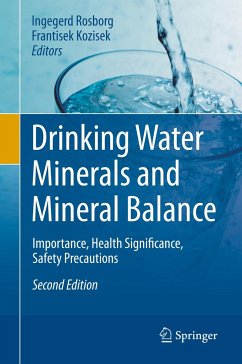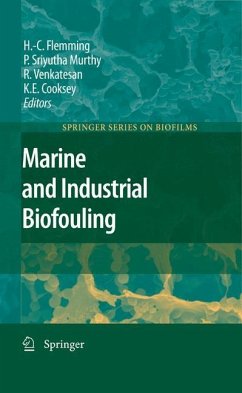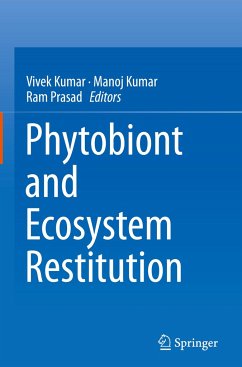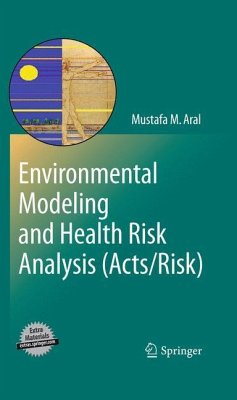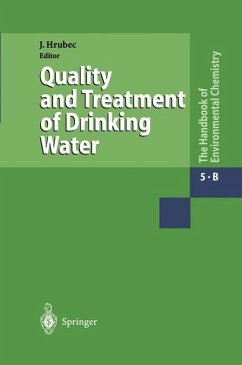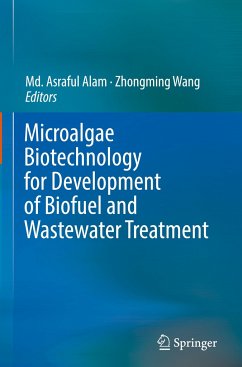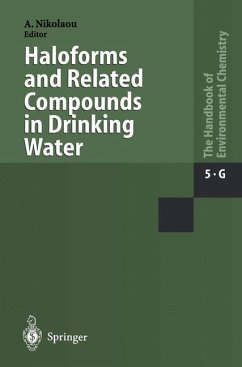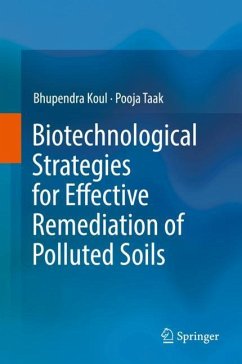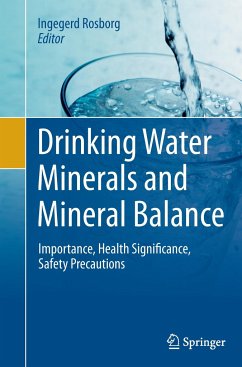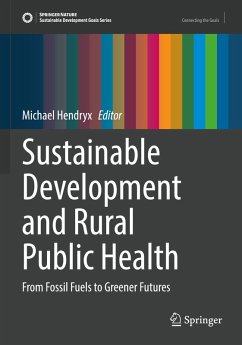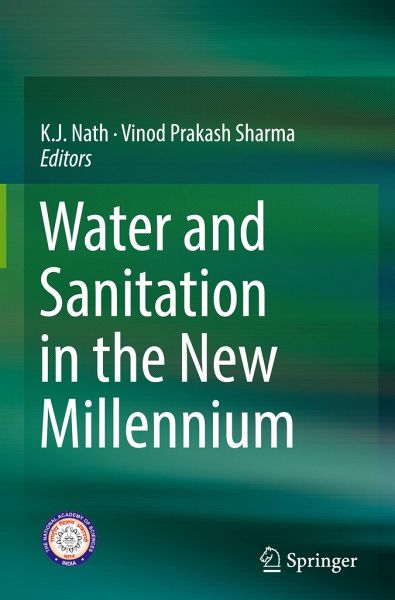
Water and Sanitation in the New Millennium

PAYBACK Punkte
57 °P sammeln!
This contributed volume is about water resources, their variability with prevalent environmental conditions and its sustainable management in India.Water has always been the life line for survival. An adequate supply of safe drinking water is one of the major pre-requisites for a healthy life. Time and again water has been a means of consolidating power in the human society. In the beginning of the new millennium, water has become a major issue in India. India is known to have the gift of its unique river systems have abundant water resources but ironically India faces severe water crises and ...
This contributed volume is about water resources, their variability with prevalent environmental conditions and its sustainable management in India.
Water has always been the life line for survival. An adequate supply of safe drinking water is one of the major pre-requisites for a healthy life. Time and again water has been a means of consolidating power in the human society. In the beginning of the new millennium, water has become a major issue in India. India is known to have the gift of its unique river systems have abundant water resources but ironically India faces severe water crises and other water management issues on a vast scale.
The water related issues in India varies with both time and space. From crises of potable water, lack of sanitation, water borne diseases, to pesticide and heavy metal contamination, water related predicaments are highly prevalent in India and are more grave in rural set up.
Water has always been the life line for survival. An adequate supply of safe drinking water is one of the major pre-requisites for a healthy life. Time and again water has been a means of consolidating power in the human society. In the beginning of the new millennium, water has become a major issue in India. India is known to have the gift of its unique river systems have abundant water resources but ironically India faces severe water crises and other water management issues on a vast scale.
The water related issues in India varies with both time and space. From crises of potable water, lack of sanitation, water borne diseases, to pesticide and heavy metal contamination, water related predicaments are highly prevalent in India and are more grave in rural set up.



